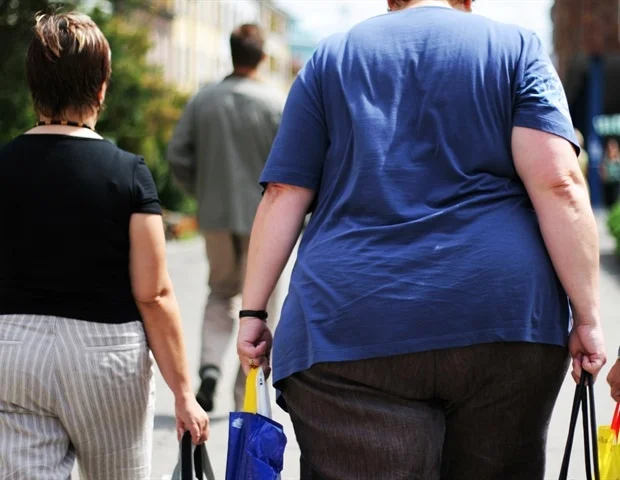A first-of-its-kind study led by researchers at LSU Health New Orleans Schools of Public Health and Medicine found that asthma may protect against obesity among African American female adolescents living in disadvantaged neighborhoods. The findings are published in Obesity Science & Practice.
The researchers investigated the intersection of obesity, neighborhood disadvantage, and asthma among African American female adolescents. This population, especially those living in disadvantaged neighborhoods, is at higher risk for obesity, asthma and significant health disparities. No previous research had investigated the interplay of both asthma status and neighborhood disadvantage on adolescent obesity levels, and none among African American female adolescents. Successful interventions can only be developed with greater understanding of the interplay of contributing factors.
I think the important thing about this work is that it confirms prior research indicating that those living in disadvantaged neighborhoods are at higher risk for obesity. hat’s particularly special about this publication is that it is in a unique population that is at high-risk for both obesity and asthma, African American adolescent females.
Melinda Sothern, PhD, Professor and Jim Finks Endowed Chair in Health Promotion at LSU Health New Orleans School of Public Health
The researchers analyzed data from 129 African American females, 13-19 years old. They measured body mass index (BMI), and asthma status was confirmed by a clinical diagnosis and/or results of the ISAAC questionnaire. They used the concentrated disadvantage index (CDI) to assess neighborhood status. They found that 21.5% of the study group had asthma, 24.9% were normal weight, and 76.2% had obesity. Among the 129 African American female teens in the study, 18.6% of those with asthma were obese.
As expected, the research team found that those living in more disadvantaged neighborhoods had higher BMIs. The surprising finding was that asthma reversed that relationship – CDI and obesity were significantly associated in participants without asthma, but not in those with asthma.
The authors cite possible contributing factors including lack of green space to exercise, fears of crime leading to limited exercise habits, and reduced access to health care access. Additionally, living in a higher stress (higher neighborhood disadvantage) community may lead to chronic stress, which affects both obesity and asthma via inflammatory mechanisms.
“If you have a special condition that is medically recognized like asthma, you may be able to access better health care,” adds Dr. Sothern. “But if your only diagnosis is obesity, medical professionals trained in this area may not be available to help you address this health problem if you live in a disadvantaged neighborhood.”
Even with access, medical care may differ for children with asthma as compared to obesity counseling. The authors note that counseling for individuals with higher obesity levels is frequently complicated by weight bias, and the effectiveness of medical communication from providers may be reduced in obesity as compared to asthma, which is less marred by social stigma.
Asthma and obesity have reached epidemic proportions in the U.S. The obesity rate among African American adolescent females is higher than any other race – 22% of African American youths are living with obesity compared to 12% of white youths, and 37% and 23% are classified as overweight, respectively. Similar racial disparities exist in asthma prevalence – 14% of African American youths versus 7% of white youths.
The authors conclude that additional research is needed to determine if the association between asthma and age differs with varying levels of neighborhood disadvantage.
Cahill, L. M. et al. (2019) Asthma Status Moderates the Relationship between Neighborhood Disadvantage and Obesity in African American Adolescent Females. Obesity Science & Practice. doi.org/10.1002/osp4.370
